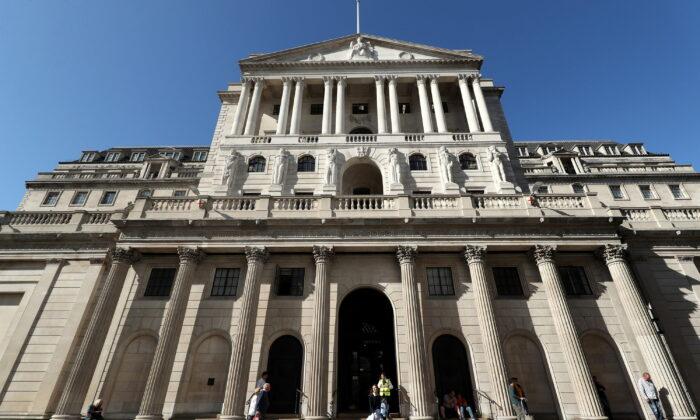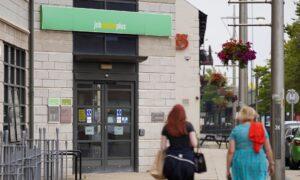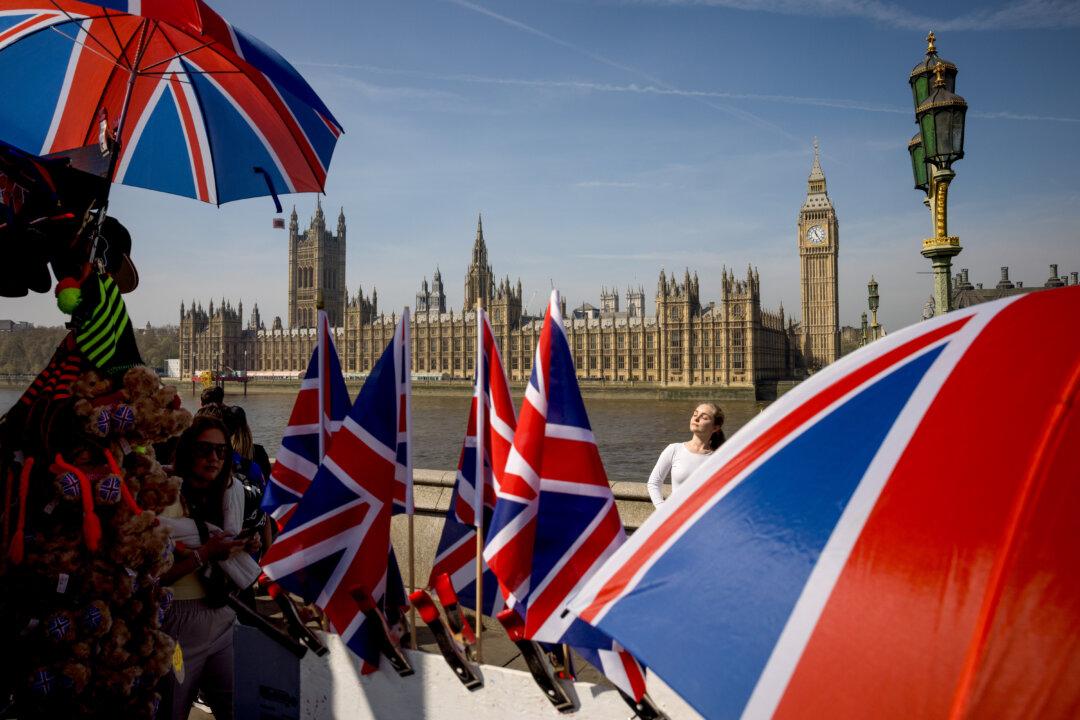The main drivers of a cooling in consumer price inflation (CPI) were food and energy costs, while the main driver upward was the cost of transport.
Consumers saw a slow drop in food and non-alcoholic beverage prices between June and July. In terms of numbers, the annual rate in the category fell from 17.4 percent in June to 14.9 percent in July.
Transport was the only division that saw a negative annual rate, according to the ONS, with prices rising by 1.3 percent between June and July.
The core inflation rate, which excludes some volatile price categories such as food and energy, was unchanged from June at 6.9 percent, while services inflation has remained high.
The services prices, indicative of underlying domestic inflation, rose, with the annual rate increasing from 7.2 percent in June to 7.4 percent.
Despite some negative trends in the latest inflation figures, the government welcomed the news of a lower rate, which it aims to halve and ultimately bring down to a target of 2 percent.
Prime Minister Rishi Sunak said that his plan of tackling inflation is working. In a thread he posted on X, formerly known as Twitter, Mr. Sunak listed a number of policies aimed at halving the inflation rate.
Rough Patch
Chancellor Jeremy Hunt welcomed the inflation rate that “stands at its lowest level since February last year.” The government is “not at the finish line” and will stick to the plan of halving inflation this year, Mr. Hunt wrote on X.Consumers aren’t expected to see lower prices on services, with the sector’s inflation projected to remain close to its current rate.
Setting rates by focusing too much on current inflation data can lead to “damaging policy mistakes,” according to Suren Thiru, economics director at the Institute of Chartered Accountants in England and Wales. He pointed to the long time lag between rate rises and their effect on the wider economy.
Despite what Mr. Hunt calls a “rough patch” in the global economy, the chief secretary to the Treasury has welcomed “the positive news” of a lower inflation rate.
“There is no room for complacency as prices remain high, but we are determined to take the necessary difficult decisions to return it to target and help your money go further,” John Glen wrote on X.
While the UK inflation remains above those of France (5 percent) and Germany (6.5 percent), Mr. Hunt said that International Monetary Fund projections indicate faster growth in Britain in the coming years.
Mr. Hunt’s Labour counterpart, Rachel Reeves, criticized the government for failing the British economy, noting that “inflation in Britain remains high and higher than other major economies.”
The latest consumer price data for European Union states will be published on Aug. 18, which will allow for a more precise comparison.







